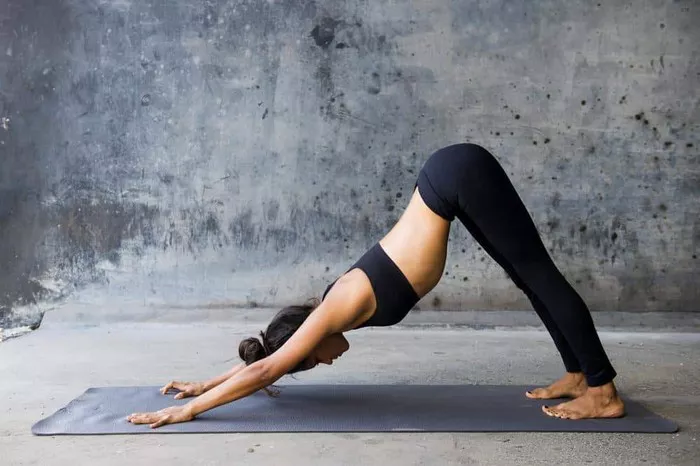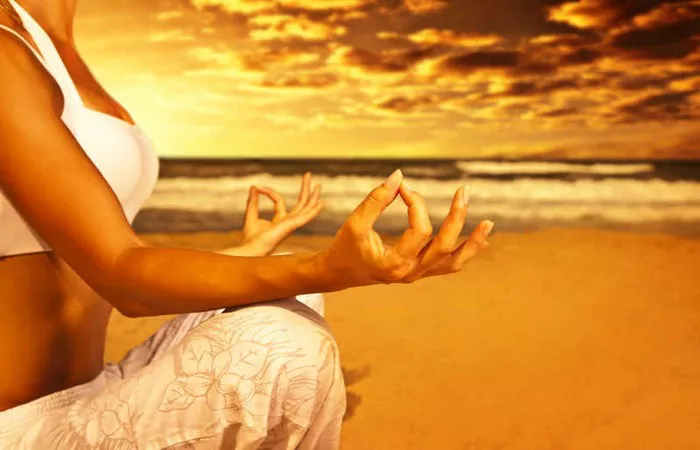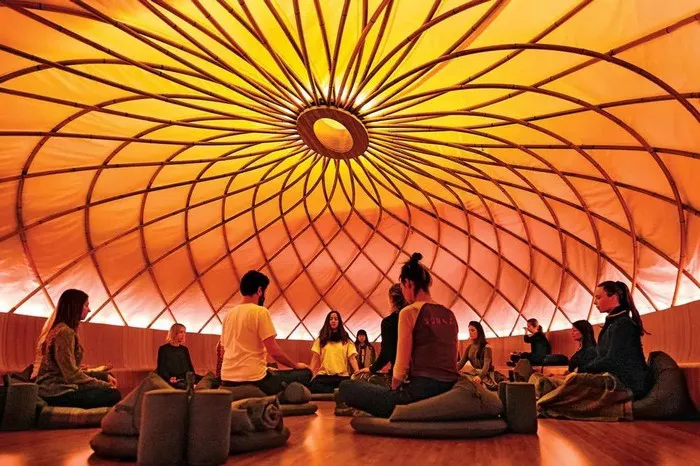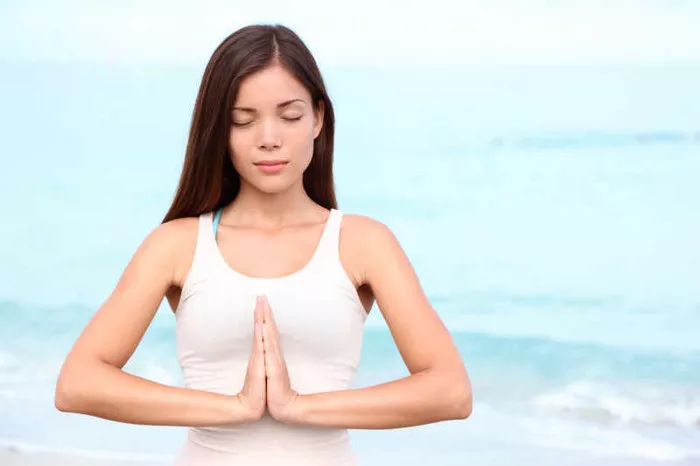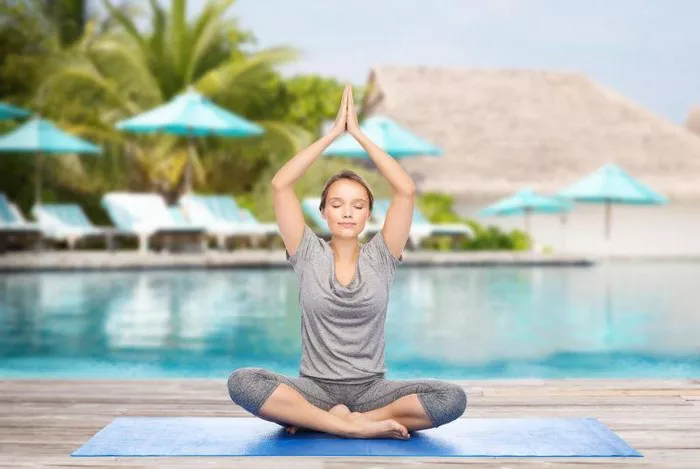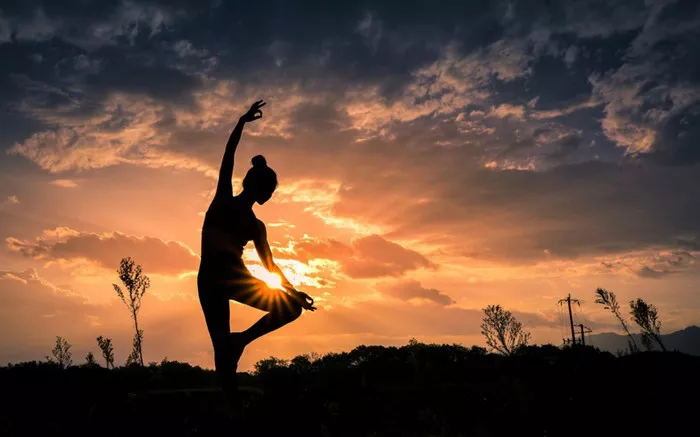Ashtanga yoga is not merely a physical practice; it is a holistic system that integrates movement, breath, and meditation. At its core, Ashtanga is based on the principle of “vinyasa,” where each movement is synchronized with the breath, creating a flowing sequence. This rhythmic flow serves as a foundation for meditation, as it allows the practitioner to focus their mind and enter a state of deep concentration. The connection between Ashtanga and meditation is symbiotic, with each enhancing the other’s benefits.
The Foundation of Mindfulness
In Ashtanga yoga, the focus on the present moment is paramount. Every movement, every breath, and every posture requires the practitioner’s full attention. This mindfulness is the essence of meditation. By being fully present in the practice, the mind is trained to let go of distractions, worries, and past – future thoughts. As the body moves through the vinyasa sequence, the mind becomes absorbed in the rhythm, gradually quieting the mental chatter and creating a space for inner reflection.
The Role of Breath in Meditation
The breath, or “pranayama,” in Ashtanga yoga is not just a physical act but a key element in meditation. Ujjayi pranayama, the characteristic breathing technique in Ashtanga, involves inhaling and exhaling deeply through the nose with a soft constriction at the back of the throat. This audible breath acts as an anchor for the mind, helping to maintain focus and concentration. As the breath becomes steady and rhythmic, it leads the mind into a meditative state, allowing the practitioner to experience a deeper sense of calm and awareness.
Meditation in the Pre – Practice Phase: Setting the Stage
Before even starting the physical practice of Ashtanga, meditation plays a crucial role in preparing the mind and body.
Centering the Mind
Taking a few minutes to sit in stillness and focus on the breath before beginning the Ashtanga sequence helps to center the mind. This pre – practice meditation allows the practitioner to let go of any external distractions or stress from daily life. By calming the mind, the body becomes more receptive to the physical practice, and the practitioner can approach the asanas with a clear and focused intention.
Cultivating Intention
During this pre – practice meditation, it is also an opportunity to cultivate an intention for the practice. This intention could be anything from seeking physical strength and flexibility to inner peace and self – discovery. By setting a clear intention, the practitioner gives their practice a deeper meaning and purpose, guiding their efforts throughout the Ashtanga session. This intention – setting is a form of meditation in itself, as it requires introspection and clarity of thought.
Meditation During the Ashtanga Practice: The Journey Within
As the Ashtanga practice unfolds, meditation becomes an integral part of the physical movement.
Focusing on the Present Posture
With each asana, the practitioner must focus all their attention on the alignment, sensations, and breath within that specific posture. This intense focus is a form of active meditation. By immersing themselves in the details of each asana, the mind is kept from wandering, and a state of one – pointed concentration is achieved. This not only enhances the physical benefits of the posture but also deepens the meditative experience.
Overcoming Mental Obstacles
During the Ashtanga practice, the mind may encounter various obstacles such as self – doubt, impatience, or discomfort. Meditation helps the practitioner to observe these mental states without judgment and to stay centered. By using the breath as an anchor, the practitioner can overcome these obstacles and continue the practice with a calm and steady mind. This process of dealing with mental challenges during the practice is a valuable aspect of meditation in Ashtanga yoga.
Meditation in the Post – Practice Phase: Integration and Reflection
After completing the Ashtanga practice, meditation continues to play a vital role in integrating the physical and mental experiences.
Savasana: The Final Meditation
Savasana, or corpse pose, is the final posture in Ashtanga yoga and a crucial part of the meditation process. Lying still and relaxed, the practitioner allows the body to absorb the benefits of the practice while the mind enters a state of deep relaxation. This is a time for reflection, where the practitioner can observe the effects of the practice on the body and mind. Savasana helps to integrate the energy generated during the practice, leaving the practitioner feeling refreshed and rejuvenated.
Journaling and Self – Reflection
In addition to Savasana, post – practice meditation can also involve journaling or self – reflection. Taking a few minutes to write down thoughts, feelings, or insights gained during the practice can deepen the meditative experience. This process of self – reflection allows the practitioner to learn from the practice, identify areas for growth, and carry the lessons learned on the mat into daily life.
The Spiritual Dimension: Meditation as a Path to Self – Realization
Beyond the physical and mental benefits, meditation in Ashtanga yoga has a profound spiritual dimension.
Connecting with the Inner Self
As the practice of Ashtanga and meditation progresses, the practitioner begins to experience a deeper connection with their inner self. Through the stillness of the mind and the awareness cultivated during meditation, one can explore the layers of the self, from the physical body to the subtle energy systems. This connection with the inner self is a key aspect of spiritual growth in Ashtanga yoga.
Transcending the Ego
Meditation in Ashtanga helps to dissolve the boundaries of the ego. As the mind becomes more focused and less attached to thoughts, emotions, and external circumstances, the practitioner experiences a sense of oneness with all things. This transcendence of the ego is a fundamental goal of Ashtanga yoga and meditation, leading to a state of spiritual liberation and self – realization.
Conclusion
In conclusion, meditation is an indispensable part of Ashtanga yoga. It permeates every stage of the practice, from the pre – practice preparation to the post – practice integration. Meditation in Ashtanga serves to quiet the mind, enhance concentration, overcome mental obstacles, and connect with the spiritual self.The symbiotic relationship between Ashtanga and meditation makes it a powerful practice for overall well – being and self – discovery.
- How to Do Yoga Meditation at Home: A Comprehensive Guide?
- How to Start Yoga and Meditation for Beginners?
- Is Yoga Guided Meditation?






